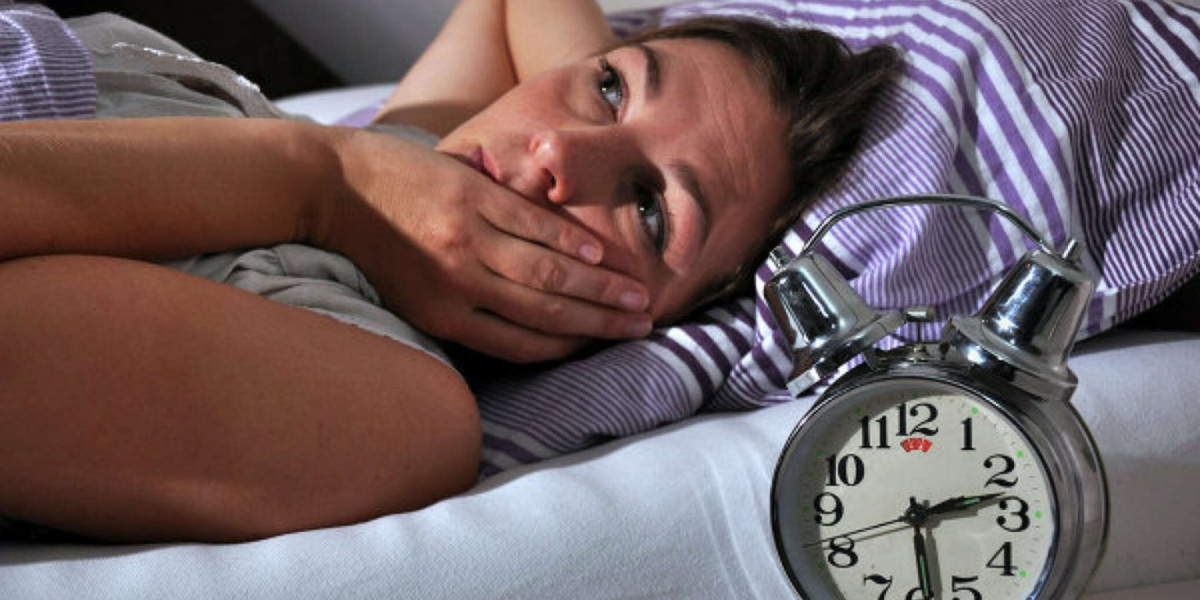Technology has become a necessary component of daily living in our world that is becoming more and more interconnected. We now live, work, and even sleep differently thanks to the attraction of constant connectivity and instant information, which is provided by devices like smartphones, tablets, laptops, and smart TVs. But as our reliance on technology increases, so are worries about how it may affect our health, especially in regard to sleep disorders like insomnia.
Millions of individuals worldwide suffer with insomnia, which is defined as having trouble getting asleep, staying asleep, or waking up too early and not being able to go back to sleep. Although there are many things that might cause insomnia, new research has shown how using technology can make sleep problems worse.
Technology's Place in Modern Life
The use of technology has transformed productivity, entertainment, and communication. We can work remotely, keep in touch with loved ones, access a wealth of information, and take advantage of on-demand entertainment thanks to it. Unquestionably, technology is convenient and appealing, but there may be a cost to its ubiquitous presence in our life, especially when it comes to the quality of our sleep.
How Technology Affects Sleep
- Blue Light Emission: Blue light emissions from technology are one of the main ways they interfere with sleep. Blue light is a type of visible light that resembles the natural light emitted by the sun. Blue light exposure can inhibit the generation of melatonin, a hormone that controls sleep-wake cycles, especially in the evening and at night. Suppression like this can lower the quality of sleep overall and make it more difficult to fall asleep.
- Stimulation and Cognitive Engagement: A lot of gadgets and applications are made to keep consumers interested by providing them with entertaining content, like games, videos, news feeds, and social network updates. The brain may become activated by this stimulus, making it challenging to de-stress and unwind before bed. Engaging with screens on a regular basis might maintain a state of awareness in the mind that makes it more difficult to fall asleep.
- Disruption of Circadian Rhythms: Our bodies function based on circadian rhythms, which are internal biological clocks that control the cycle of sleep and wakefulness. These cycles can be upset by exposure to artificial light from screens, particularly in the hours before bed. The brain's ability to distinguish between day and night is confused by this disturbance, making it more difficult to fall asleep at the right times.
- Psychological and Emotional Factors: The use of technology, especially social media, can exacerbate emotional and psychological tensions that cause problems sleeping. Anxiety, FOMO (fear of missing out), and a sense of haste to reply to messages or notifications can all result from constant connectedness and keep the mind active, hindering the kind of relaxation that leads to sleep.
Research Findings
Research examining the connection between technology use and sleep quality have produced some striking results:
- According to a research in the Journal of Clinical Sleep Medicine, teenagers who used electronics right before bed saw greater rates of inadequate sleep.
- Over 90% of Americans, according to research from the National Sleep Foundation, use technology an hour before going to bed, and there is a strong link between this behavior and poor sleep quality.
- Researchers studying sleep have repeatedly undertaken meta-analyses that demonstrate a high correlation between screen usage before bed and disturbed sleep patterns in a variety of age groups.
Dealing with the Problem
Acknowledging the effect of technology on the quality of sleep is the first step in solving the problem. While it may not be feasible or desirable for many people to completely ignore technology, there are a number of tactics that people can use to lessen its effects:
- Limit Screen Time Before Bed: You can assist your body know when it's time to wind down by setting up a "screen curfew" that involves cutting back or eliminating screen time at least one hour before bed. Instead, take up soothing hobbies like meditation, reading a book, or taking a bath.
- Use Blue Light Filters: To lessen the quantity of blue light emitted, many gadgets now have blue light filter settings. Better sleep can be achieved by turning on these filters in the evening to lessen the effect on melatonin production.
- Establish a Sleep-Friendly Environment: Keep your bedroom quiet, dark, and cold to create a haven for rest. Use earplugs, white noise generators, or blackout curtains to reduce sounds that can disrupt your sleep.
- Create Healthy Technology Habits: Don't only limit technology use to the hour before bed. Instead, set limits for use during the day. In the long run, this can help lower screen time overall and encourage better sleeping practices.
- Seek expert Assistance if Needed: If attempts to cut back on technology use are unsuccessful in treating insomnia or other sleep disorders, you might want to speak with a medical expert or sleep specialist. They can offer individualized advice and choices for treatment to enhance the quality of your sleep.
In summary
Without a doubt, technology has changed how we work, live, and engage with the world. But even as we welcome the advantages of innovation and connectedness, we must consider the possible effects on our health, especially with regard to sleep. In this digital age, we can work to improve sleep quality and general well-being by being aware of the connection between technology use and insomnia and taking proactive steps to lessen its impacts. Establishing a harmonious link between our digital lives and our desire for restful sleep requires striking a balance between the benefits of technology and good sleep practices.



